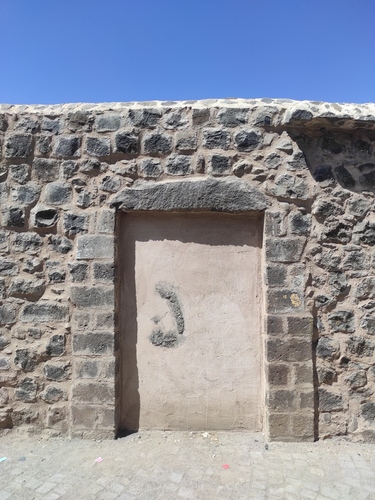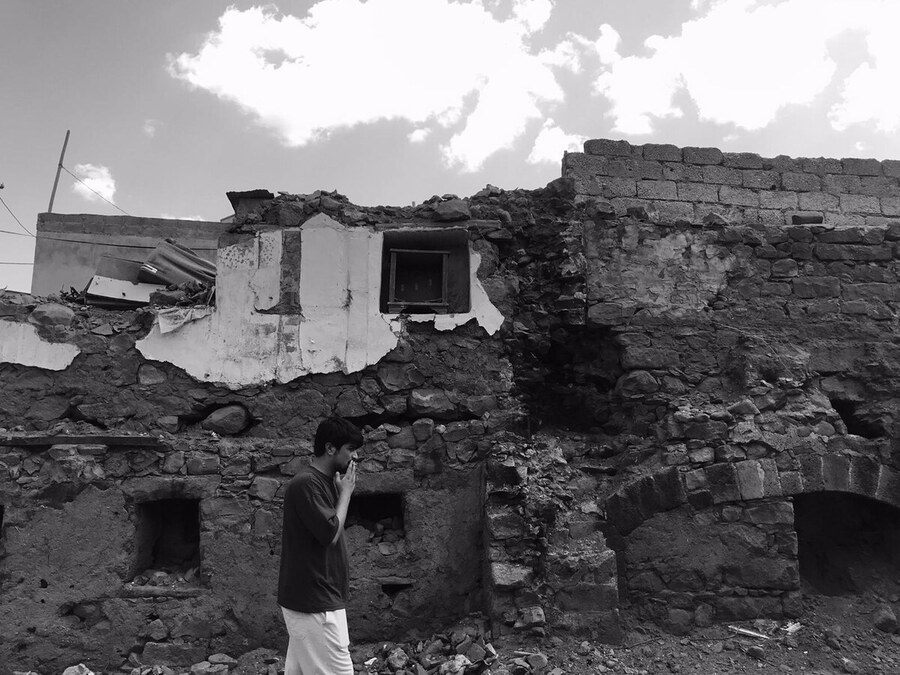Mam Al
Although these stones have been harmful for cultivating land, building roads, etc., they have also been useful. Because of the high number of black stones, the people of Sewrag used them a lot in building their houses.
Many of the old houses in Sewrag are built of black stone. After that they were covered with boards and wood, the mud specially prepared for the house being poured over the boards and logs. The mud was used to hold the stones tightly together and prevent them from separating in the winter. Straw and salt were added, thus making the mud hold together better and making the houses stronger. In the winter they have to be watered several times. Of course, all we children were curious about the houses and enjoyed looking at them in the winter.
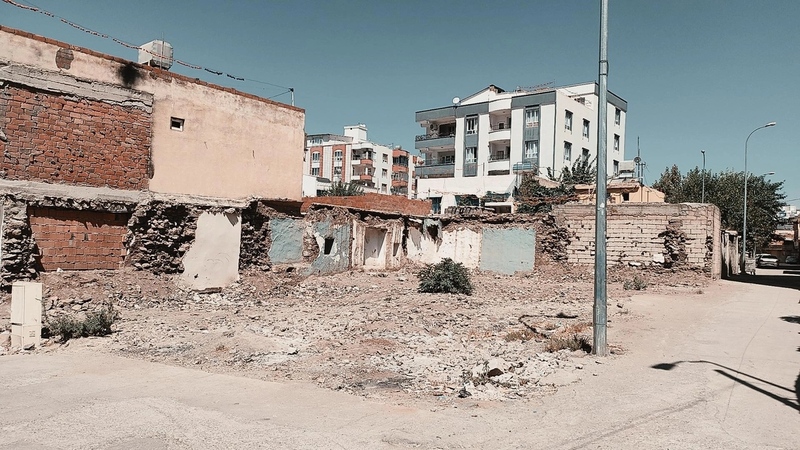
Let us come to our main subject, the old houses of Sewrag, and looting them.
These houses, which are part of our childhood memories, with their old allies, and carved wooden doors, are now leaving us one by one. In one alley, everyone was like a family. I remember well, that we had some close neighbors, we were at each other’s houses every day. Because we grew up together, that’s how we were taught. Now our whole family speaks Dimli (Zazaki), and they speak Kurmanji. In fact, most of everyone who grew up in Sewrag speaks both Dimli and Kurmanji.
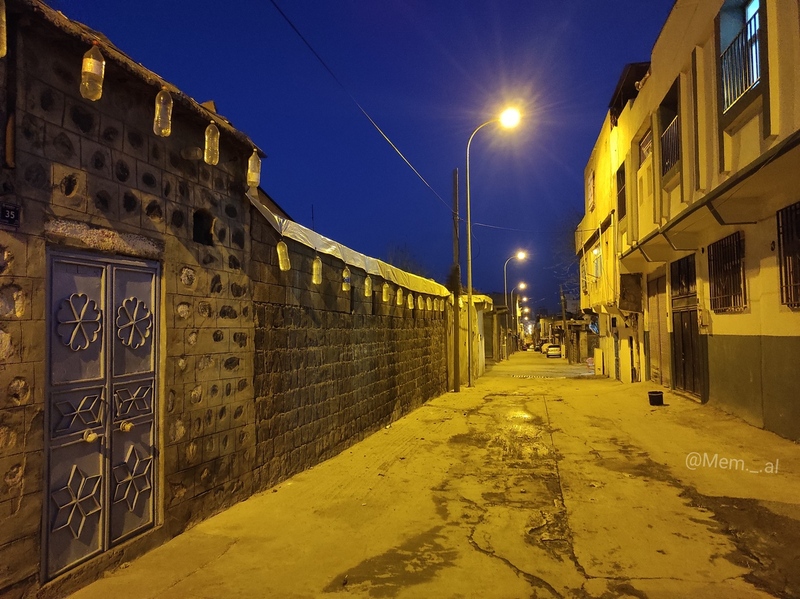
One of the characteristics of that time and those houses was that you could tell which house had a Haji (Someone who went to Hajj) in a street. At that time, Hajis painted the door or wall of their house green after returning. There are different examples in downtown Riha, but instead of green, they painted pictures of Hajj and the name of Prophet Muhammad. Thus, they said that our door is open to everyone.
Four or five years ago I was looking for the old alleys again to make myself happy. That's when I saw the doors of the houses slowly changing. The carved slabs are blocked by iron doors. This is how they have closed our houses. I was so upset at the time; I didn’t know what to do. I wanted to see the people living in those houses one by one and tell them about the beauty of those houses and those alleys, but unfortunately, I wasn't strong enough. There was only me and my camera, I could only take pictures of this beauty, it was the only way I could protect it.
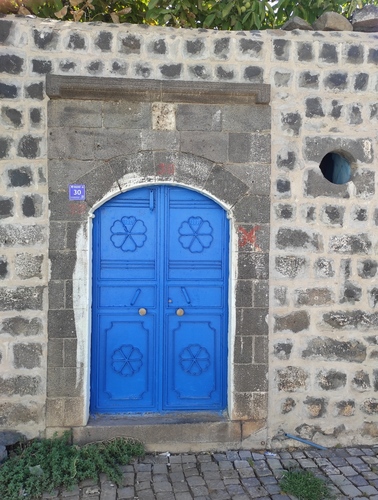
I started at the beginning of the alley and looked at the doors and houses to the end of the alley, making a nice little video. Then I put a song on the video and shared it on my YouTube page. I said if I die, let this stay here and not be destroyed. Years later, I searched the same alley again, but there was nothing left except the alley where I took the video. Last time only the doors had been replaced, but this time the whole house was destroyed. Occupiers would destroy it and replace it with apartments.
Our houses, mostly built by Armenians and Jews, are now being destroyed one by one. After they left these places, only the houses they had built with their own hands remained. Now they are disappearing one after another. I don't know why no one stopped this, why no one raised their voices. But I know I wasn't the only one upset about it. The people who spent their childhoods and lives on these allies were very sad. Unfortunately, no one could say anything because that was not the concern of the rulers of this time.
